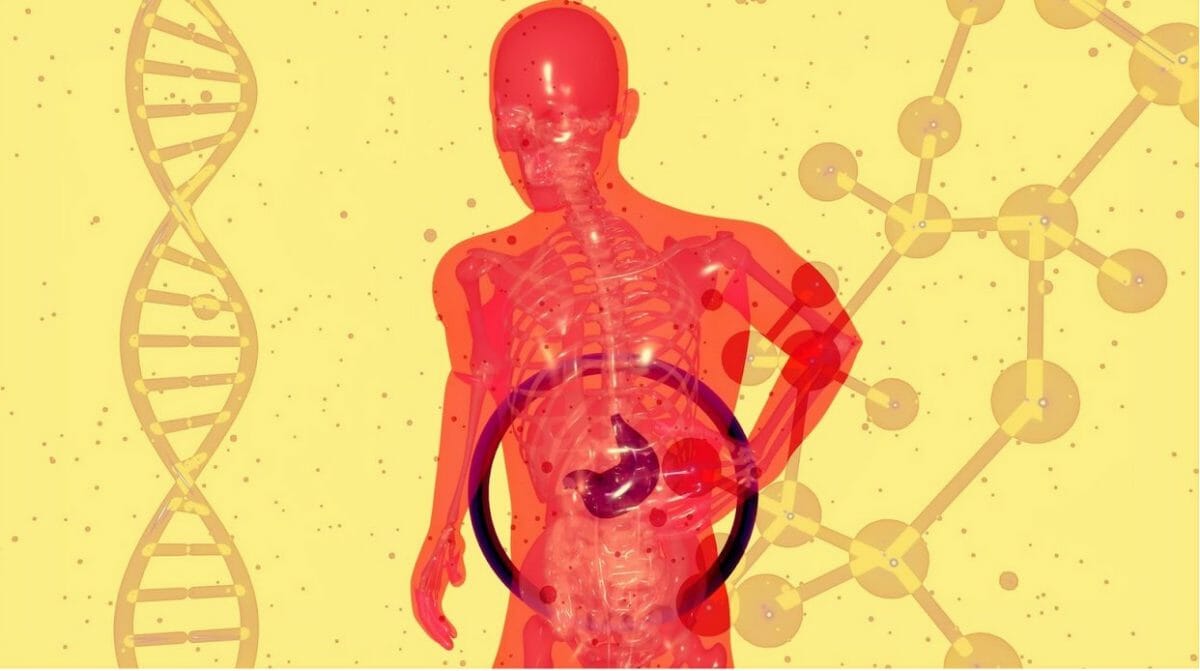The liver is the second largest organ in the body, located on the right side of the abdomen, it’s an organ that eliminates waste and toxins as they move in the digestive system, affects nutrient metabolism, protein synthesis, and glycogen storage, produces bile, and aids digestion.
Liver disease refers to several conditions that contribute to liver damage, which, if not treated, will lead to cirrhosis and affect normal liver function. If the form of liver disease is more severe, it can lead to cancer and liver failure.
In this brief guide, we’ll discuss the common diseases that damage the liver and how to prevent them.
Common Liver Diseases
The liver is a vital organ in the production of bile, regulation of metabolism, and waste filtering. Any condition that affects your liver can lead to liver damage. Thus, it’s important to recognize the main symptoms of common liver diseases so you can prevent or treat them accordingly.
-
NASH
What is NASH? NASH, also known as non-alcoholic steatohepatitis, is liver damage, inflammation caused by the excess build-up of fat in the liver cells. The term “fatty liver” is interchangeably used with NAFLD and NASH and is similar to those diseases caused by long-term drinking.
However, people with NASH do not necessarily abuse alcohol. That’s why you must do regular check-ups since the disease can lead to life-threatening conditions. NASH worsens cardiometabolic conditions and increases the risk of cardiovascular diseases.
Most of the time, the disease doesn’t display any symptoms, and patients remain unaware that they have it. This way, the disease will progress to cirrhosis, fibrosis, liver failure, or even cancer in many patients without them even knowing it.
How to Prevent It?
Adopting a healthy lifestyle is crucial in preventing and treating fatty liver disease. Eating a healthy diet and limiting your portion sizes is recommended to gradually lose weight (in case you’re obese or overweight) and improve your health.
Additionally, your doctor might suggest replacing saturated and trans fats with unsaturated fats, eating more fruits and vegetables, and avoiding food that contains simple sugars.
Regular exercises, no cigarettes, and no alcohol are also important in preventing NASH/NAFLD.
-
Hepatitis
Hepatitis is a liver inflammation caused by a virus. It’s often referred to as viral hepatitis, and there are multiple types of hepatitis. This disease is contagious; however, you can take preventative steps to avoid contamination.
- Hepatitis A – this type of hepatitis is spread through contaminated water and food, and it’s a mild form of the disease. Symptoms usually clear up without treatment;
- Hepatitis B – it’s spread through blood, semen, and bodily fluids. It can be acute or chronic, and early diagnosis is key to treating it effectively;
- Hepatitis C – spreads through blood and can lead to permanent liver damage if not treated properly;
- Hepatitis D – a severe form of the disease that develops as a secondary infection to people infected with hepatitis B;
- Hepatitis E – is caused by drinking contaminated water;
How to Prevent it?
There are several steps you can take to prevent viral hepatitis. First, you need to use a condom during intercourse, practice good hygiene, and do not use items from people infected with hepatitis; get vaccinated for hepatitis A and B and when you’re traveling – drink bottled water, etc.
Autoimmune Diseases
Autoimmune diseases attack your immune system and lead to the development of diseases like PBC – Primary biliary cirrhosis, Primary sclerosing cholangitis, and autoimmune hepatitis.
The PBC results from bile duct damage that causes bile buildup. It can lead to liver failure and cirrhosis. PSC, on the other hand, is caused by gradual damage to the bile duct until it becomes blocked and leads to bile buildup in the liver.
Autoimmune hepatitis results in inflammation caused by the immune system’s attack on your liver. It leads to liver failure and cirrhosis if not treated on time.
Autoimmune liver diseases cannot be prevented, and a person with a family history of any of these diseases will be at an increased risk of developing them. Regular check-ups will help you monitor and prevent any potential risk factor or cause of liver disease.
Cirrhosis
Cirrhosis is liver scarring that results from alcohol abuse and other liver diseases that were not treated on time. Syphilis and cystic fibrosis, NAFLD are the main causes of liver damage and, eventually, cirrhosis.
The liver is an organ that regenerates itself; however, the process might be slowed down if a high percentage of scar tissue is found in the cells. The more scar tissue develops, the harder for the liver to regenerate.
How to Prevent it?
You can prevent cirrhosis by limiting alcohol intake.
Your Liver Health Matters
The liver is a vital organ that helps you clean the blood by removing toxins and waste from the body, breaking down the fat from the food, storing glucose, and giving you energy. It’s important to go to regular doctor appointments to monitor and protect your liver health.
